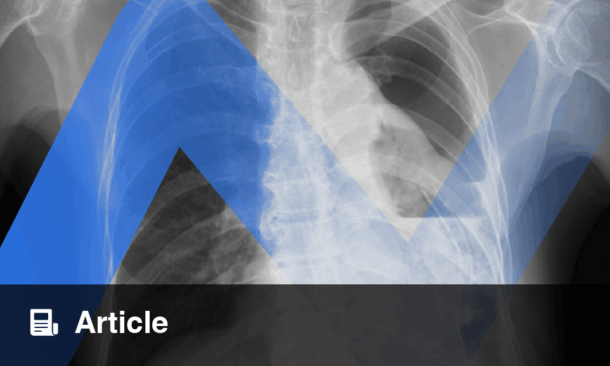BASAL CELL carcinoma is one of the most common forms of skin cancer, with millions of Americans diagnosed with the malignancy each year. However, a research team from Stanford University, Stanford, California, USA has found a common type of skin cancer to be predictive of other carcinomas, based on results a retrospective cohort study.
The DNA repair proteins of 61 patients who were treated for an unusually high number of basal cell carcinoma incidences were analysed as the research team attempted to identify whether the crucial repair proteins were mutated. The researchers discovered that approximately 20% of the patients presenting with frequent basal cell carcinomas exhibited a mutation in a DNA repair-associated gene, compared with around a 3% mutation rate in the general population. Dr Kavita Sarin, Stanford University, the senior author of the study, stated: “We discovered that people who develop six or more basal cell carcinomas during a 10-year period are about three-times more likely than the general population to develop other, unrelated cancers.” According to the study, the frequent basal cell carcinoma patients were more likely to develop invasive melanoma (relative risk [RR]: 11.9; 95% confidence interval [CI]: 5.1–27.6; p<0.001), leukaemia/lymphoma (RR: 3.5; 95% CI: 1.5–8.0; p=0.004), and breast (RR: 5.6; 95% CI: 1.6–20.5; p=0.009), prostate (RR: 4.7; 95% CI: 2.0–10.7; p<0.001), and colon cancers (RR: 4.5; 95% CI: 1.2–17.7; p=0.030).
The results of this preliminary study were further investigated and supported following the analysis of 13,000 people who had experienced ≥6 basal cell carcinomas. The larger sample showed that the more cases of basal cell carcinoma presented per person, the greater their risk of developing other cancers. Although these results affect a limited proportion of the population, they could lead to the development of another method of identifying difficult-to-diagnose cancers early, before they progress. Using cancers as predictors for the development of other types of malignancies may allow the identification of higher risk patients who might benefit from clinical screening, potentially leading to more successful curative treatments.








